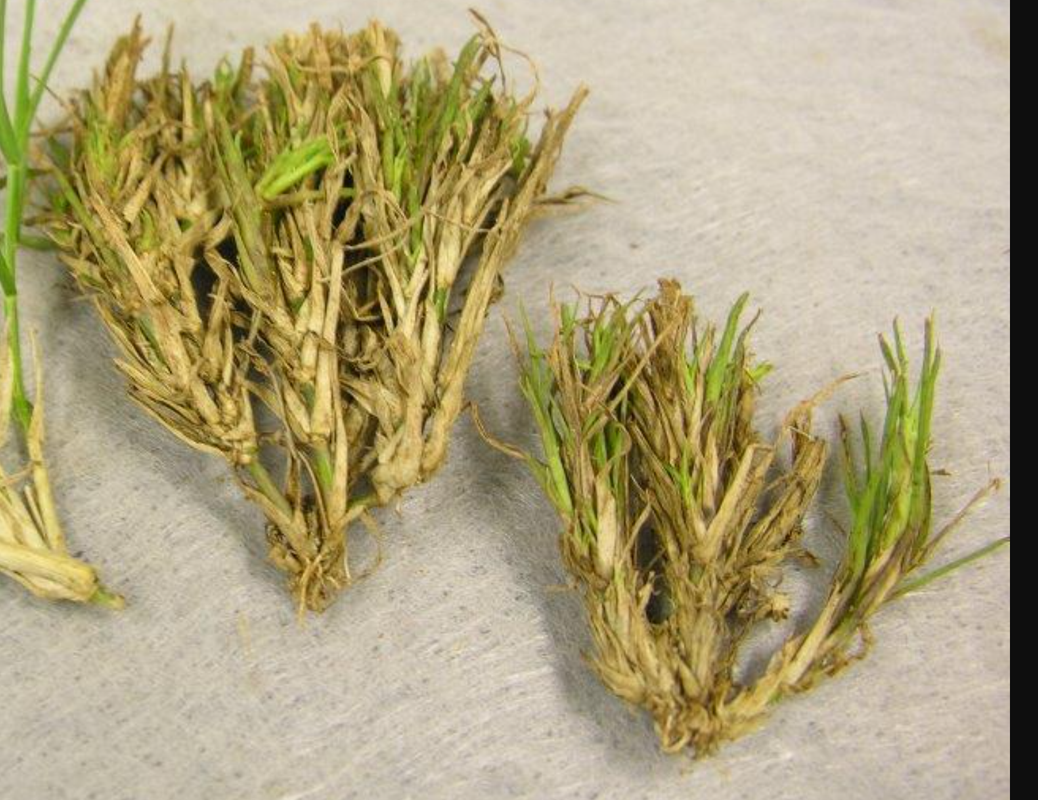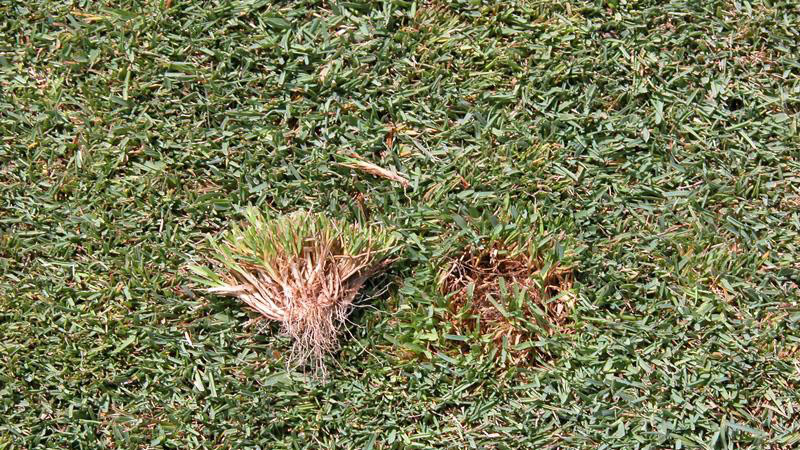@gooodawgs I seem to have them as well. I have several "witches brooms" that are in weaker areas of turf growth. Although most of the research I have read leads to "there is not much hope" I decided to give two insecticides/miticides a try after reading this 2018 golf turf study. I have placed my order and hope to put it down by the end of the week. Although AzaGuard is labeled for lawn turf Lucid is not labeled for residential. I will also use a low rate of bifen I/T as well. I will also probably apply with a surfactant or Crop oil.
https://www.gcmonline.com/research/news/bermudagrass-mite?utm_source=informz&utm_medium=email&utm_campaign=FC%2012.6.18
3% Azadirachtin Price paid: $159.00
https://biosafesystems.com/product/azaguard/
https://biosafesystems.com/wp-content/uploads/2020/08/azaguard_label.pdf
AzaGuard provides control of insect larval, pupal, and nymphal stages by interfering with the synthesis of ecdysone. Insects typically die between larval to larval, larval to pupal, nymph to nymph molts, or during adult eclosion. in the wide variety of ornamental, forestry, and food crops. AzaGuard is an insect growth regulator and does not control adult insects.
2% Abamectin Price paid : $71.95
https://www.rotamnorthamerica.com/professional-products/lucid
https://www.agrian.com/pdfs/current/Lucid_Ornamental_MiticideInsecticide_Label1k.pdf
Reliable, long-lasting control of mites and leafminers along with suppression of whitefly, thrips and aphids on foliage plants, woody ornamentals and Christmas trees. Abamectin works through contact exposure and is effective at combating pyrethroid resistant insects.. Excellent component of beneficial release programs. Outstanding plant safety record including end of crop cycles. Due to its unique mode of action, Abamectin presents low risk to mammals, while being particularly effective against target insects.
A few quotes from the article.
**With the hope of identifying insecticides that could be used to replace unavailable or restricted - but effective - insecticides, the senior author conducted a series of experiments in 2009-2010 to evaluate the efficacy of 26 insecticides and miticides for bermudagrass mite control (2). Abamectin stood out as one of the most promising products. Further testing of the efficacy of abamectin in several golf courses in South Carolina has supported the registration of Divanem (8% abamectin) for bermudagrass mite management.
**Several insecticides are currently registered for bermudagrass mite control on golf courses, including abamectin (Divanem, Syngenta), azadirachtin (for example, Azatrol, Gordon's), bifenthrin (for example, Broadcide GC, Control Solutions), chlorpyrifos (for example, Chlorpyrifos SPC, Nufarm), lambda-cyhalothrin (for example, Scimitar GC, Syngenta) and zeta-cypermethrin (for example, Triple Crown, FMC).






